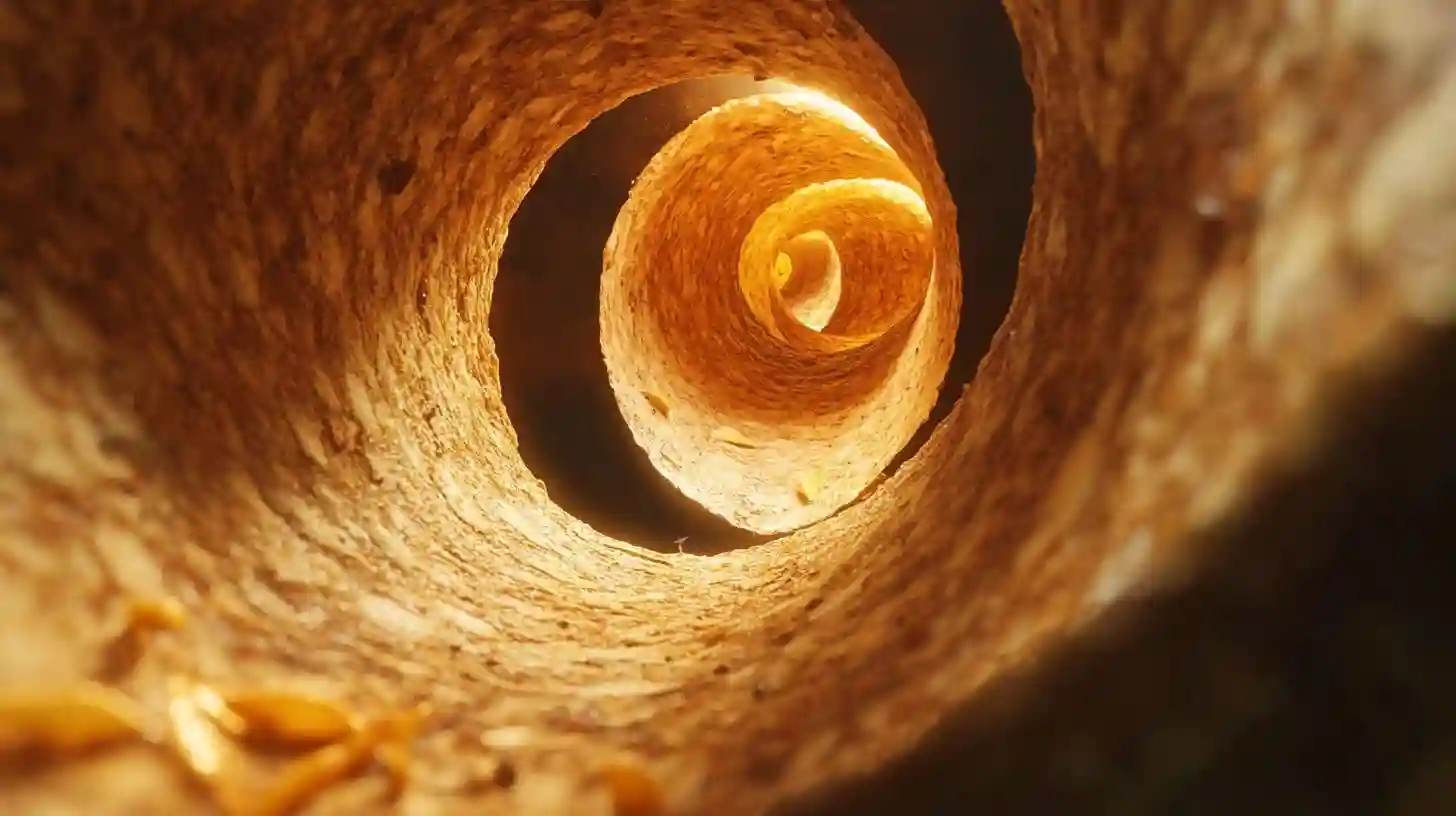
Giraffes: Majestic Giants Facing Threats
Giraffes are majestic creatures known for their remarkable adaptations and behaviors. However, they face significant threats from habitat loss and poaching. Conservation efforts are crucial to protect these unique animals and ensure their survival in the wild. Let's explore their beauty and the challenges they encounter.
**Giraffes: Nature's Remarkable Giants**
Giraffes are among the most fascinating animals on the planet, renowned for their towering height and striking appearance. With long necks, distinctive patterns, and grace, they embody extraordinary adaptations that have evolved over millions of years. The scientific name for the giraffe, *Giraffa camelopardalis*, is derived from Latin, reflecting their unique features resembling those of a camel and a leopard.
One of the most notable characteristics of giraffes is their incredible height, with average individuals standing between five and six meters tall. Males are typically taller than females. Their long necks consist of just seven vertebrae—the same as humans—though each vertebra is elongated, allowing them to reach high foliage inaccessible to most other herbivores. This adaptation serves as both a food source and a means of evading ground-level predators.
Giraffes are equipped with strong, long legs that allow them to travel great distances in search of food and water, reaching speeds of up to sixty kilometers per hour over short bursts. Their powerful legs can deliver lethal kicks to predators like lions, highlighting their defensive capabilities despite their gentle demeanor. Giraffes exhibit a unique gait, moving both legs on one side of their body before the other, creating a distinctive undulating motion.
The distinctive coat patterns of giraffes often captivate observers. Each giraffe boasts a unique pattern of spots, akin to a human fingerprint. These patterns provide camouflage, helping them blend into the dappled light of their natural savannah habitat. The coat color varies from light tan to deep brown, with some populations exhibiting different hues based on geographical locations. These patterns also assist in temperature regulation, as the network of blood vessels in their skin dissipates heat.
Giraffes are social animals, typically forming loose herds ranging from a few individuals to dozens. These herds frequently change composition, allowing giraffes to maintain a beneficial social structure for foraging and protection from predators. Interestingly, despite forming social bonds, there is little aggression among them, even when competing for food. They communicate using a variety of vocalizations such as grunts, hisses, and low-frequency sounds known as infrasound, which can travel long distances.
Their diet consists mainly of leaves, flowers, and fruits, primarily from acacia trees. Giraffes' long necks enable them to reach foliage high above ground, and their prehensile tongues—about half a meter long—help them grasp and pull leaves from branches. Surprisingly, they can also survive long periods without water, obtaining moisture from the leaves they consume.
A captivating fact about giraffes is their unique cardiovascular system, which maintains blood circulation in their long necks. They possess an extraordinarily powerful heart weighing as much as a small child, along with a sophisticated system of valves to prevent blood from rushing to their heads when bending down to drink.
Giraffe mothers give birth standing up, resulting in calves dropping approximately two meters to the ground at birth. While alarming, this ensures the calves can quickly stand and join the herd, an essential skill for avoiding predators. Despite their remarkable traits, giraffe populations face threats from habitat loss, poaching, and human encroachment. Ongoing conservation efforts aim to protect these majestic creatures and raise awareness of their declining numbers.
In conclusion, giraffes, with their distinctive charm and impressive adaptations, continue to be among the most beloved and intriguing animals, embodying the beauty and complexity of life in the wild.
Technology Blog





















